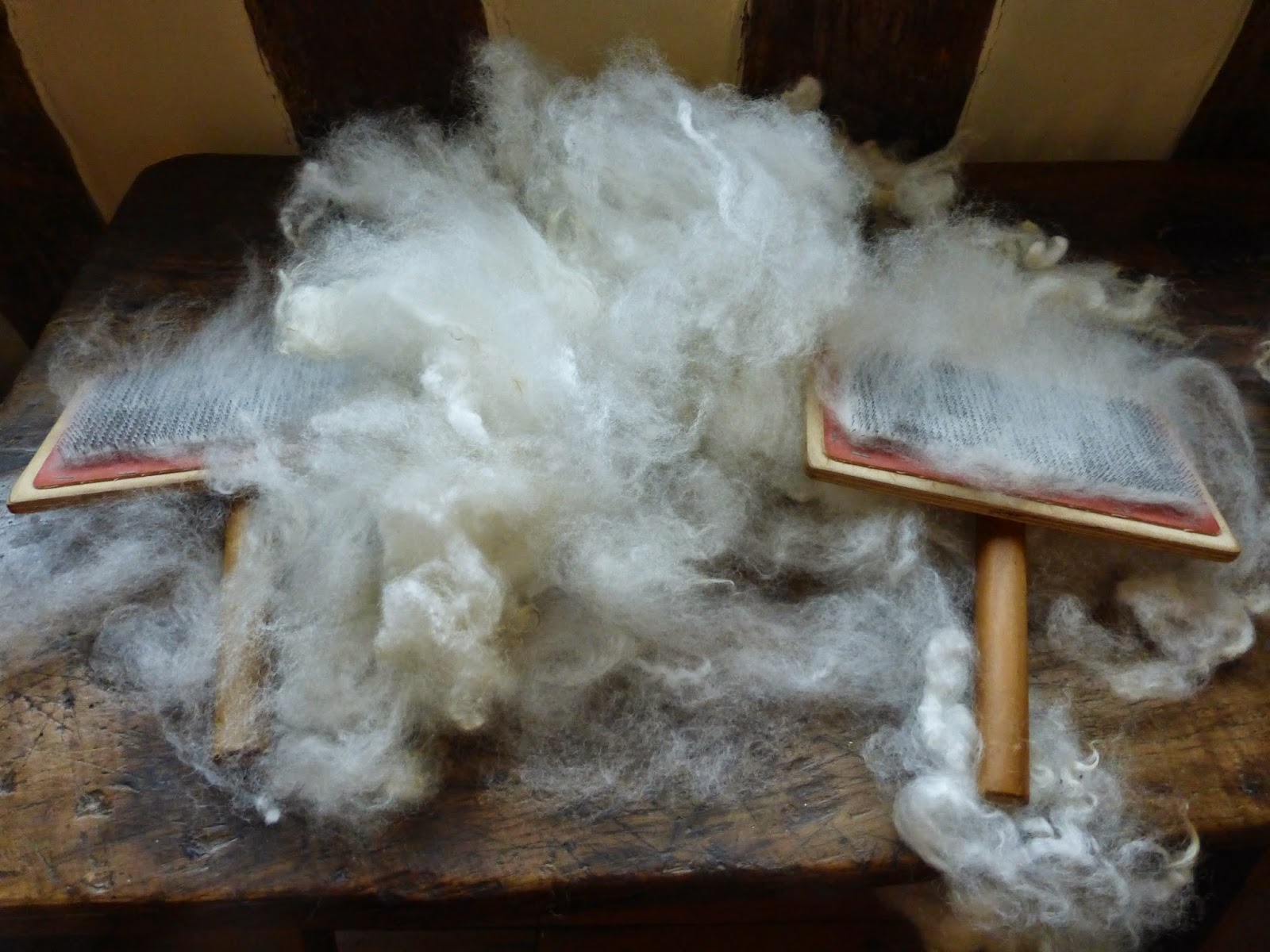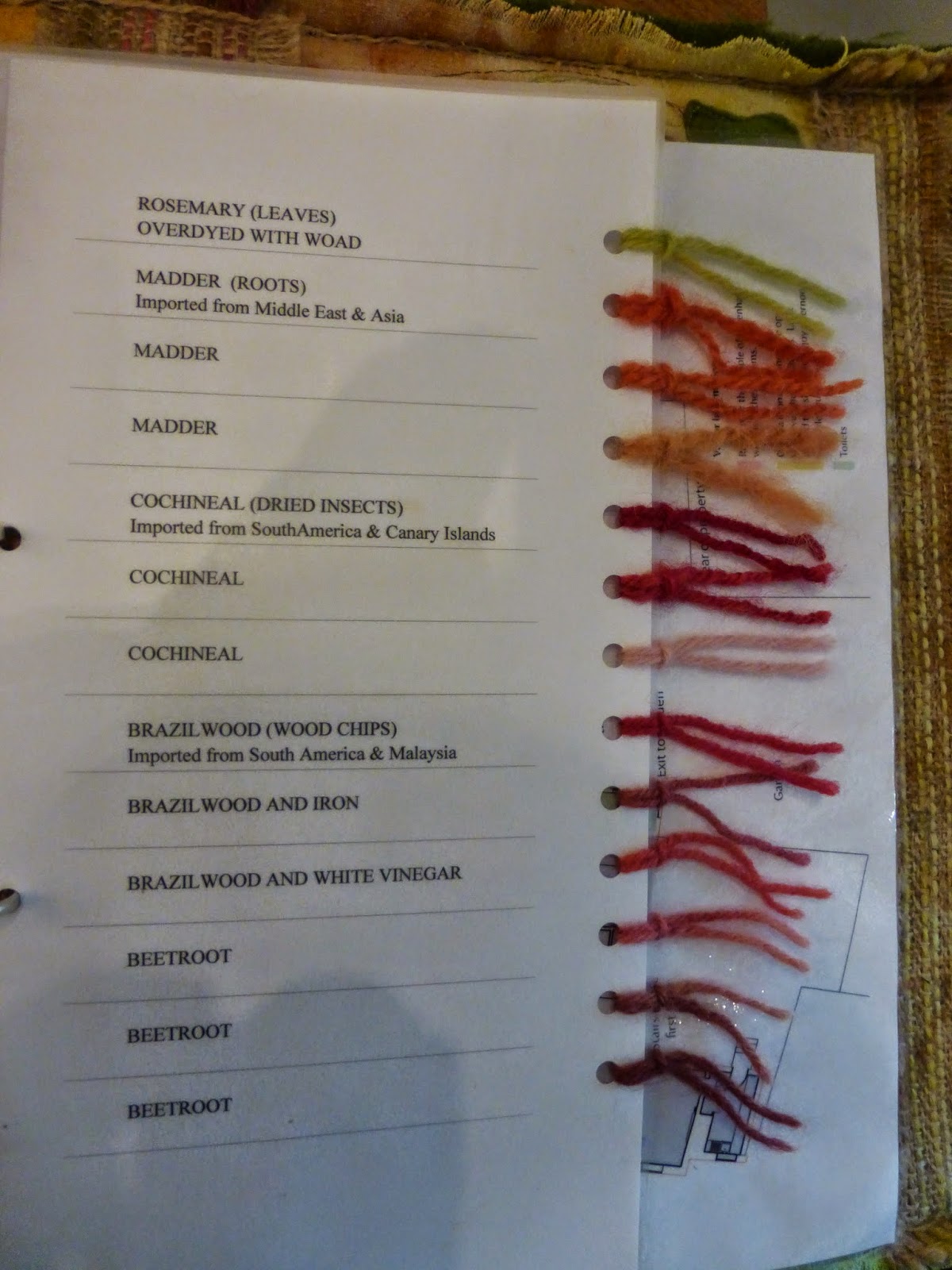Lavenham is one of the best preserved medieval villages in England. It has 320 listed timber framed buildings of which many are protected by English Heritage. The village is situated between Sudbury and Bury St Edmunds in Suffolk. This building is the Swan Hotel built in the 15th C. I would like to have stayed here but it is not within my price range.
Not many right angles to be found in these houses.
I spotted this protection plaque on the side of one of the houses. I think this may show the emblem of an insurance company as a guide to the company's fire brigade. These marks were used in the 18th and 19th cent before municipal fire services were formed.
This market cross was erected in 1501. In 1257 the village was granted 'market status' by Henry III which stimulated the most prosperous period in the history of the village. It meant that the village could hold a market every Tuesday and that once a year they could have a fair lasting 3 days. Traders flocked to the village and the wool trade thrived. By 1524 Lavenham was ranked the 14th wealthiest town in England due to the famous Lavenham Blues Cloth. It was due to this wealth that so many wonderful houses were built. When the wool trade declined and money became scarce homeowners were unable to make expensive changes to their homes and consequently many remain as they were built in the Middle Ages.
This Guildhall, in the market square, was founded in 1529 by the wool guild and was used as the main meeting place and business centre. As the wool trade declined in the 17th and 18th c, its role changed and it was used as a Bridewell (prison) and then as a workhouse.



There was a book showing all the different natural plants used to dye the wool with a sample of the coloured wool.
You can see where the wood has had to be replaced.
These are five weavers cottages circa 1340. They were restored in 1956.

 After all that walking it was time for myself and J to have a sit down and enjoy tea and cake in this Crooked House antique cum tea shop.
After all that walking it was time for myself and J to have a sit down and enjoy tea and cake in this Crooked House antique cum tea shop.Sharing with Our World Tuesday






























I adore these old villages and houses ! I takes you centuries back ! But I think it is rather difficult to live in such a house, the ceilings are often very low and the rooms so tiny, it's cosy for sure !
ReplyDeleteFascinating town, and interesting that for once it was the lack of money that saved the medieval buildings. It's amazing that they are still able to be lived in, with all their crazy angles.
ReplyDeleteincredible that homes built that long ago are still standing! what amazing carpenters and architects the people had to be.
ReplyDeleteWhat an amazing village - those old houses are so well preserved. I'm not sure about the ones that are leaning!
ReplyDeleteEvery bit of this tour seems magical and wonderful ... right down to ending it with tea. The Village does seem enchanted. I remember seeing those protection medals somewhere where we went (maybe Brighton)... unsure, but I remember asking about them and us talking about it.
ReplyDeleteWhat an amazing piece of history, which still exists today, many centuries later. Thank you for showing it to me, and for taking the time to explain everything. :-)
ReplyDeleteWhat a beautiful village! And such fascinating history. I really enjoyed this post.
ReplyDeleteGreat photos of beautiful architecture but it seems really strange to me that a building built so long ago is now too expensive to stay in!
ReplyDeletemarvelous place. Amazing it all stands.
ReplyDeleteThese are incredible!! What a slice of history!! Wow! How wonderful to be able to see them! Such a great trip! Thanks for sharing!!
ReplyDeleteThanks for taking us on tour with you! Love old houses. My favorite ones are the white ones. It always strikes me that the houses in previous centuries were much lower than now (no 6'3'' people like hubby would be giants;). Have seen leaning houses, but this crooked one takes the cake:)
ReplyDeleteI'm amazed that so many Medieval buildings in one area are still in such good condition! And I love all the colours natural dyes can create on wool.
ReplyDeleteWhat a great place, Marie. Thanks SO MUCH for sharing. I loved reading the details about the market cross and the wool trade.. Thanks!!!
ReplyDeleteLove the details in the wood --and the Crooked House.
Hugs,
Betsy
Great shots and narrative about the charming village.
ReplyDeleteWow amazing place to visit and so interesting. The oak tree was fashionable in the past but now it is very expensivre
ReplyDeleteIt is a lovely village. I like the design of the timer buildings.. Great post, thanks for sharing.. Enjoy your week!
ReplyDeleteThank you! I so enjoyed this post. Especially the tea room.
ReplyDeleteI think I feel a little ill from so many odd angles. Preservation by neglect for economic reasons has saved so many towns and buildings around the world, and this town is a great example. The third photo down shows some contrast between the old and the new.
ReplyDeleteVisiting villages is always a pleasant experience huh?
ReplyDeletecharming village. the architecture is very pleasant.
ReplyDeleteWhat a wonderful place and it's in the south so another on my listto Visit. That marker is a Fire Insurance Mark http://spuduka.blogspot.co.uk/2014/02/insurance-fire-plaques.html I seem to come across lots of them
ReplyDeleteWhat a magical and charming village! Gorgeous shots.
ReplyDeleteseem to be a gret place to visit. With lots of time to spare.
ReplyDeleteNot too many places left like that in the world.
ReplyDeleteAny hotel that has old beams adds 25% to the price! Just because they can!
Given the quality of some other bedford trucks made in the 1970's I'n surprised the one in my post made it to Australia!
Cheers - Stewart M - Melbourne
Heartwarming to see these houses to be so well protected and looked after. Love the old oak beams!
ReplyDeletel love history. So interesting to see these old houses! Great photos!
ReplyDeleteWhat an amazing village. I love all those timber-framed houses with their off-the-square geometry. Thank you: you've told us about a real gem, which I really must put on my (ever-growing) list of places to visit. All the best, Bonny
ReplyDeleteWhat a great post and so great the houses are all so well looked after and so well preserved.
ReplyDeleteLots and lots of old world charm!! Such a beautiful area of the world. Thanks for sharing part of it for us.
ReplyDeleteAbsolutely fabulous to see such a unique time in history so beautifully preserved. It would make wonderful background for a period movie.
ReplyDeleteWonderful shots from medieval village. Beautiful timber buildings.
ReplyDeleteAmazing that they are that old. I would love to wander the town and have a cup of tea there!
ReplyDeleteI've only been to England once, but loved the trip, and one of the most memorable lessons for me is how young Canada is in comparison. We give 100-year-old buildings heritage status, but my goodness, to be able to feel the energy of a building from the 1300's is just mind boggling. Very interesting post. The "not many right angles" comment really caught my eye. Lovely to see you enjoying the tea and cake after all that walking.
ReplyDeleteA fascinating post. The fact that so many "off balance" buildings continue to stand after so many 100s of years continues to amaze me and is a great testament to their builders. A wonderful variety too and I so appreciate the intricate carvings around the door frames. Thank you for sharing this journey (and dropping by my blog again).
ReplyDeleteWhat an amazing village. The houses are so old and historical and crooked.
ReplyDelete